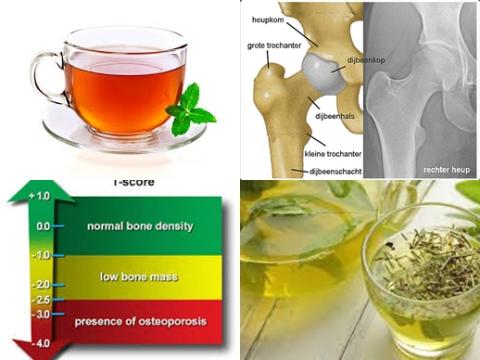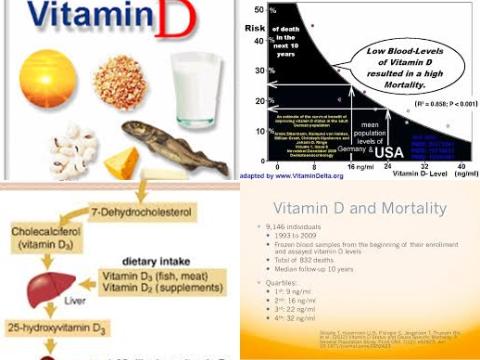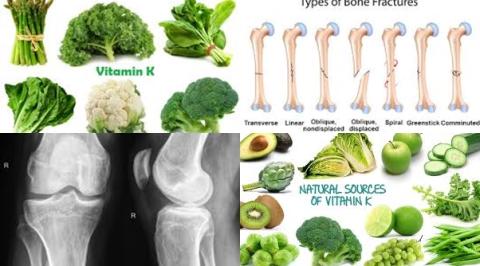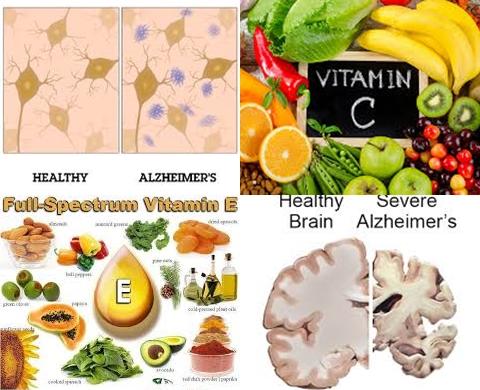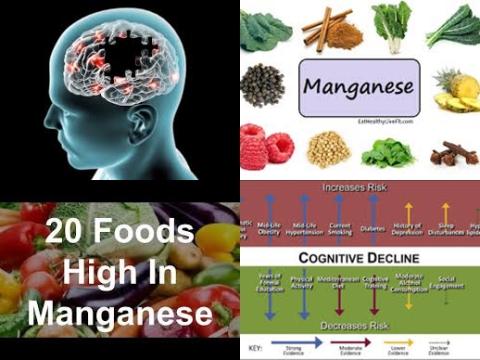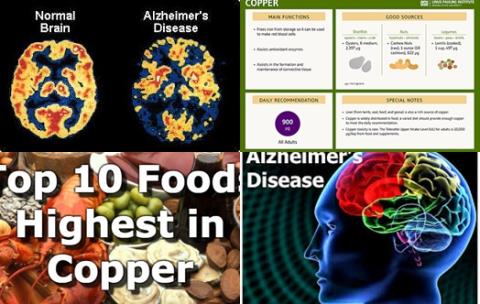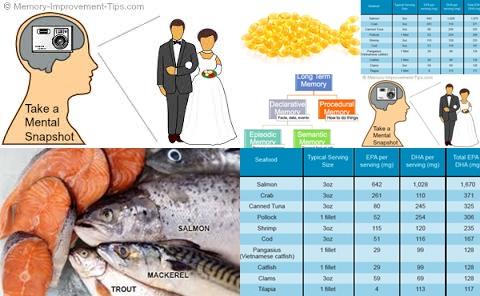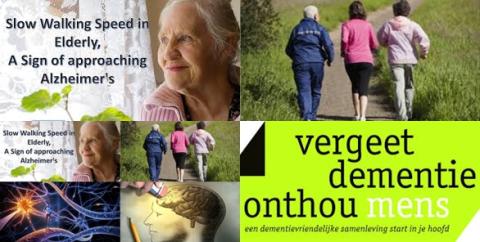Circulatory selenium concentration is lower in Alzheimer's disease patients
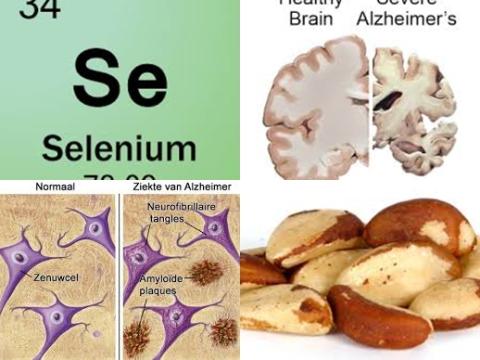
Objectives:
Available studies in the literature on the selenium levels in Alzheimer's disease (AD) are inconsistent with some studies reporting its decrease in the circulation, while others reported an increase or no change as compared to controls. Therefore, this meta-analysis (review article) has been conducted.
Do lower circulatory (plasma/serum and blood), erythrocyte and cerebrospinal fluid (CSF) selenium levels increase Alzheimer's disease risk?
Study design:
This review article included 12 case-control/observational studies reporting selenium concentrations in Alzheimer's disease and controls.
Results and conclusions:
The investigators found random-effects meta-analysis indicated a decrease in circulatory [SMD = -0.44], erythrocellular [SMD = -0.52] and cerebrospinal fluid [SMD = -0.14] selenium levels in Alzheimer's disease patients compared to controls
The investigators found stratified meta-analysis demonstrated that the selenium levels were decreased in both the subgroups with [SMD = -0.55] and without [SMD = -0.37] age matching between Alzheimer's disease and controls.
The investigators also found a direct association between decreased selenium levels and glutathione peroxidase (GPx) in Alzheimer's disease.
The investigators concluded that circulatory selenium concentration is significantly lower in Alzheimer's disease patients compared to controls and this decrease in selenium is directly correlated with an important antioxidant enzyme, the glutathione peroxidase, in Alzheimer's disease.
Original title:
A systematic review and meta-analysis of the circulatory, erythrocellular and CSF selenium levels in Alzheimer's disease: A metal meta-analysis (AMMA study-I) by Reddya VS, Bukkeb S, […], Pandeye AK.
Link:
http://www.sciencedirect.com/science/article/pii/S0946672X1630205X%20
Additional information of El Mondo:
Find more information/studies on selenium and dementia right here.

